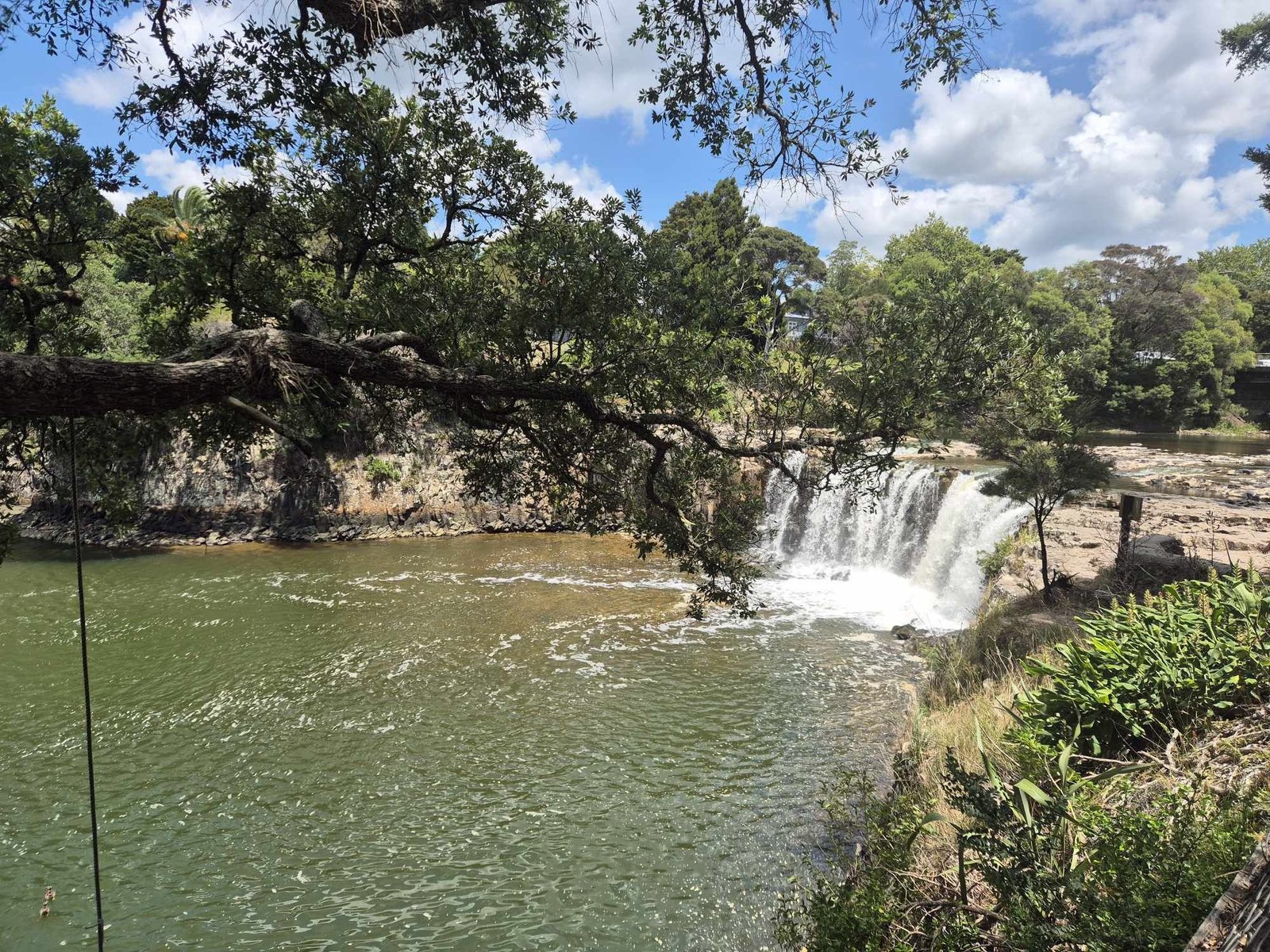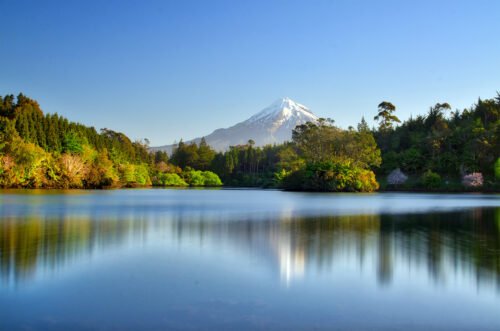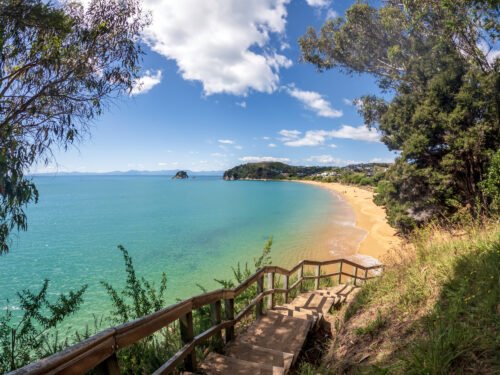Winter is ideal for stargazing due to colder temperatures, longer nights and lower humidity resulting in clearer views. Enjoy a memorable stargazing experience under the crisp, clear skies of New Zealand. Learn about Matariki and what it means to the people of NZ.
✨ Find the best Star Gazing locations in New Zealand. ✨
The best time of the year for stargazing in New Zealand is during the winter months, from May to August. Here are some reasons why this period is optimal for observing the night sky.
Clear Skies and Low Humidity
Crisp Air. Winter air is typically clearer and crisper, with lower humidity levels compared to other seasons. This clarity reduces the amount of atmospheric interference, providing better visibility of celestial objects.
Longer Nights
Extended Darkness. Winter nights are longer, giving stargazers more hours of darkness to observe the stars. This extended period allows for viewing various celestial events and objects throughout the night.
Favourable Weather Conditions
Stable Weather Patterns. Winter often brings more stable weather conditions, especially in areas known for stargazing. Clear, cold nights are ideal for astronomy.
Prominent Winter Constellations
Southern Hemisphere Highlights: During winter, the Southern Hemisphere showcases some of its most spectacular constellations and celestial objects, including:
- The Southern Cross (Crux). A prominent constellation visible throughout the winter.
- Centaurus and Carina. Featuring the bright stars Alpha Centauri and Canopus.
- Magellanic Clouds. The Large and Small Magellanic Clouds are two nearby dwarf galaxies that are more visible in the winter sky.
Meteor Showers
- Eta Aquarids. Peaking in early May, this meteor shower is a highlight of the winter stargazing season.
- Delta Aquarids. Occurring in late July, this meteor shower adds to the celestial display.
Dark Sky Reserves
New Zealand is home to two officially recognised dark sky reserves and two dark sky sanctuaries. These locations are renowned for their exceptional conditions for stargazing and their commitment to reducing light pollution.
- Aoraki Mackenzie Dark Sky Reserve. This reserve, located the Canterbury region in the South Island, covers the Aoraki/Mount Cook National Park and the Mackenzie Basin. It is one of the largest dark sky reserves in the world.
- Great Barrier Island (Aotea) Dark Sky Sanctuary. Situated northeast of Auckland, Great Barrier Island is recognized for its exceptionally dark skies and minimal light pollution.
- Rakiura (Stewart Island) Dark Sky Sanctuary. Located south of the South Island, Stewart Island is one of the southernmost dark sky sanctuaries, offering pristine views of the Southern Hemisphere’s night sky.
- Wairarapa Dark Sky Reserve. This reserve, in the North Island’s Wairarapa region, is recognised for its efforts to protect its night skies and promote stargazing and astronomical research.
Astronomical Events
- Eclipses and Planetary Alignments. Winter months often feature significant astronomical events, such as lunar eclipses and planetary alignments, providing special viewing opportunities.
Tips for Winter Stargazing in New Zealand
- Warm Clothing. Winter nights can be cold, so dress warmly in layers to stay comfortable while observing the stars.
- Plan Ahead. Check weather forecasts and moon phases to choose nights with clear skies and minimal moonlight for the best stargazing experience.
- Use a Star Map or App. A star map or astronomy app can help you identify constellations, planets, and other celestial objects in the winter sky.
Matariki
Matariki, the Māori New Year, will be celebrated on June 28, 2024, in New Zealand. This public holiday marks the rise of the Pleiades star cluster and is a time for reflection, celebration, and looking towards the future. The date is chosen based on the Tangaroa lunar period in the lunar month of Pipiri, ensuring it aligns with traditional Māori practices.
Astronomical Significance
- Pleiades Star Cluster. Matariki is the Māori name for the Pleiades star cluster, which reappears in the dawn sky in late June or early July. This event signals the start of the Māori New Year.
- Heliacal Rising. The reappearance of Matariki just before dawn is known as its heliacal rising. This astronomical event has been observed and celebrated by Māori for centuries.
Cultural Importance
- New Year Celebration. Matariki marks the beginning of the Māori lunar calendar. It is a time for celebrating the past year and planning for the future.
- Reflection and Renewal. It is a period for remembering ancestors, celebrating the present with family and friends, and setting goals for the year ahead.
- Harvest Festival. Traditionally, it was also a time to celebrate the end of the harvest and prepare the land for the coming planting season.
Matariki Customs and Traditions
- Kite Flying. Kites, known as “manu tukutuku” or “pākau,” are flown to celebrate Matariki. Kites are believed to connect the earth and the heavens.
- Feasts and Gatherings. Communities come together for shared meals, storytelling, and cultural performances, emphasising unity and togetherness.
- Songs and Dance. Traditional waiata (songs) and haka (dances) are performed to honor Matariki and Māori heritage.
Modern Matariki Celebrations
- National Holiday. As of 2022, Matariki is an official public holiday in New Zealand, reflecting its growing importance and recognition across the country.
- Community Events. Festivals, workshops, and educational events are held nationwide, fostering a deeper understanding and appreciation of Māori culture and traditions.
- Star Gazing. Observing the Matariki star cluster is a key part of the celebrations. Astronomy events and public viewings are organised to educate and engage people in the celestial aspect of Matariki.
Themes and Symbolism
- Remembrance. Honoring those who have passed away in the previous year, acknowledging their contributions and remembering their legacy.
- Celebration. Celebrating life, community, and cultural heritage through various activities and gatherings.
- Future Planning. Setting intentions and goals for the coming year, promoting growth and development both personally and within the community.
Educational and Cultural Impact
- Revitalization of Traditions. Matariki celebrations contribute to the revival and preservation of Māori language, customs, and practices.
- Inclusivity. The celebration of Matariki has become a way to bring together people of all backgrounds in New Zealand, fostering a sense of national identity and cultural inclusivity.







